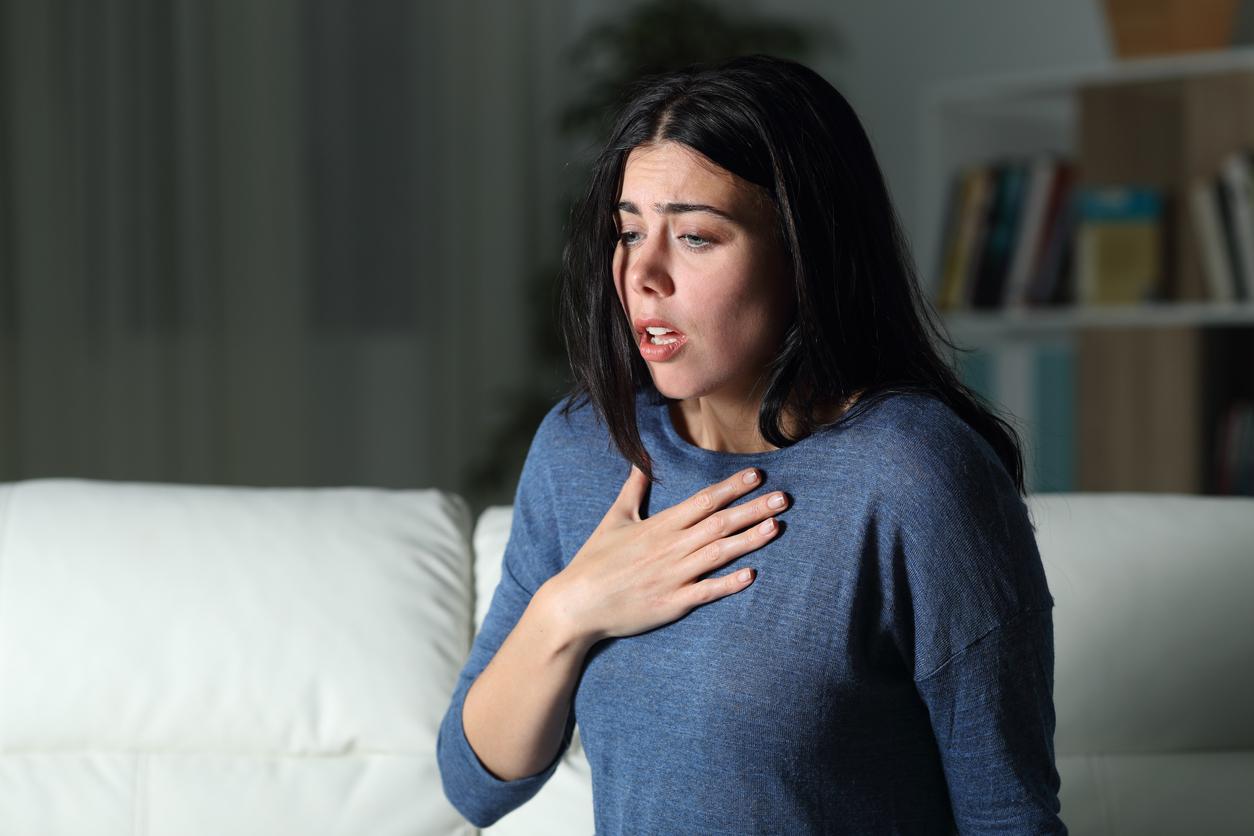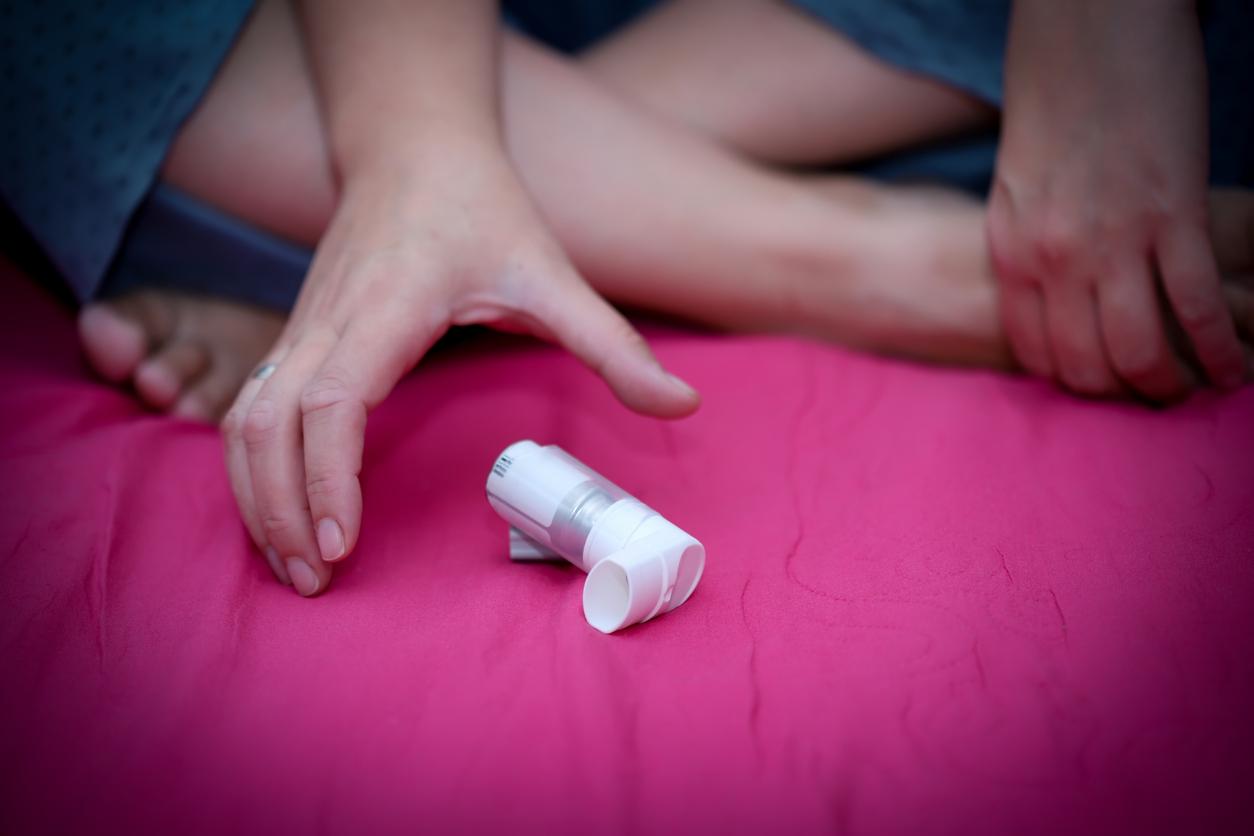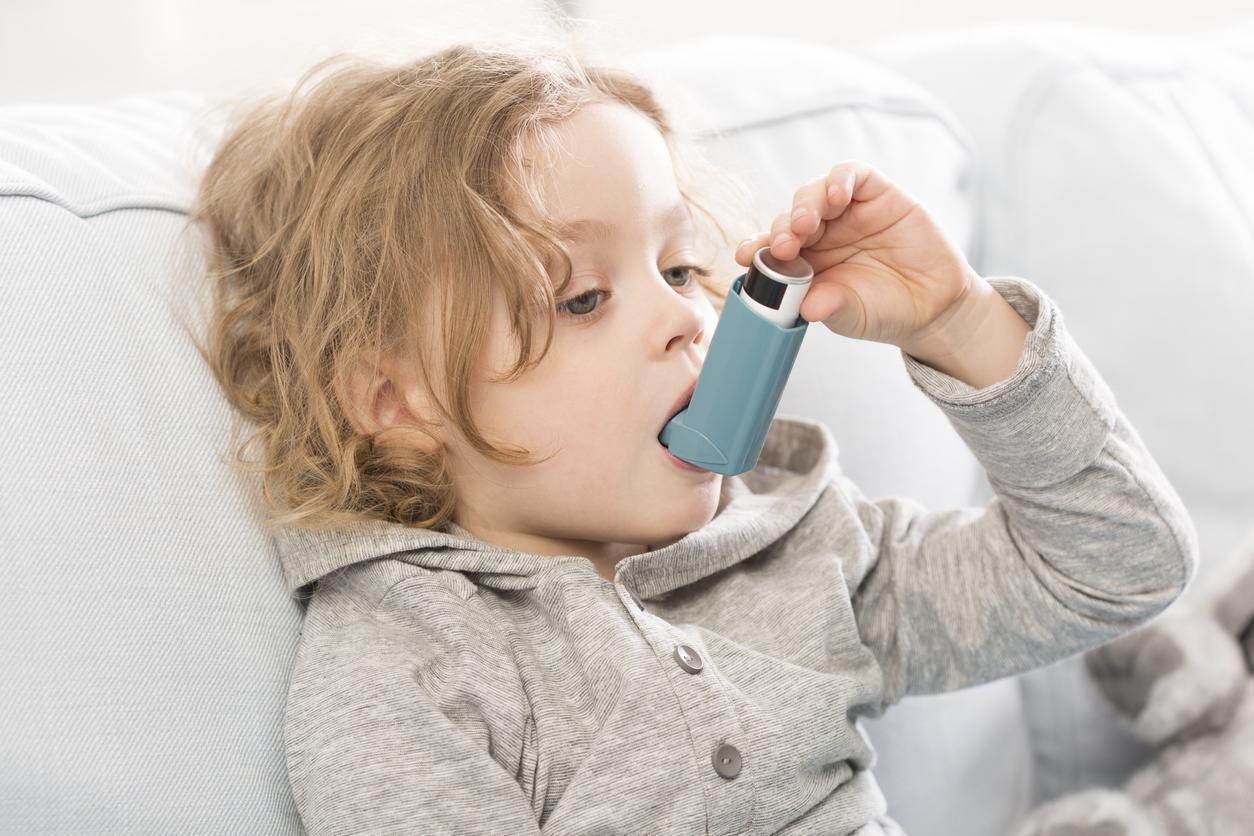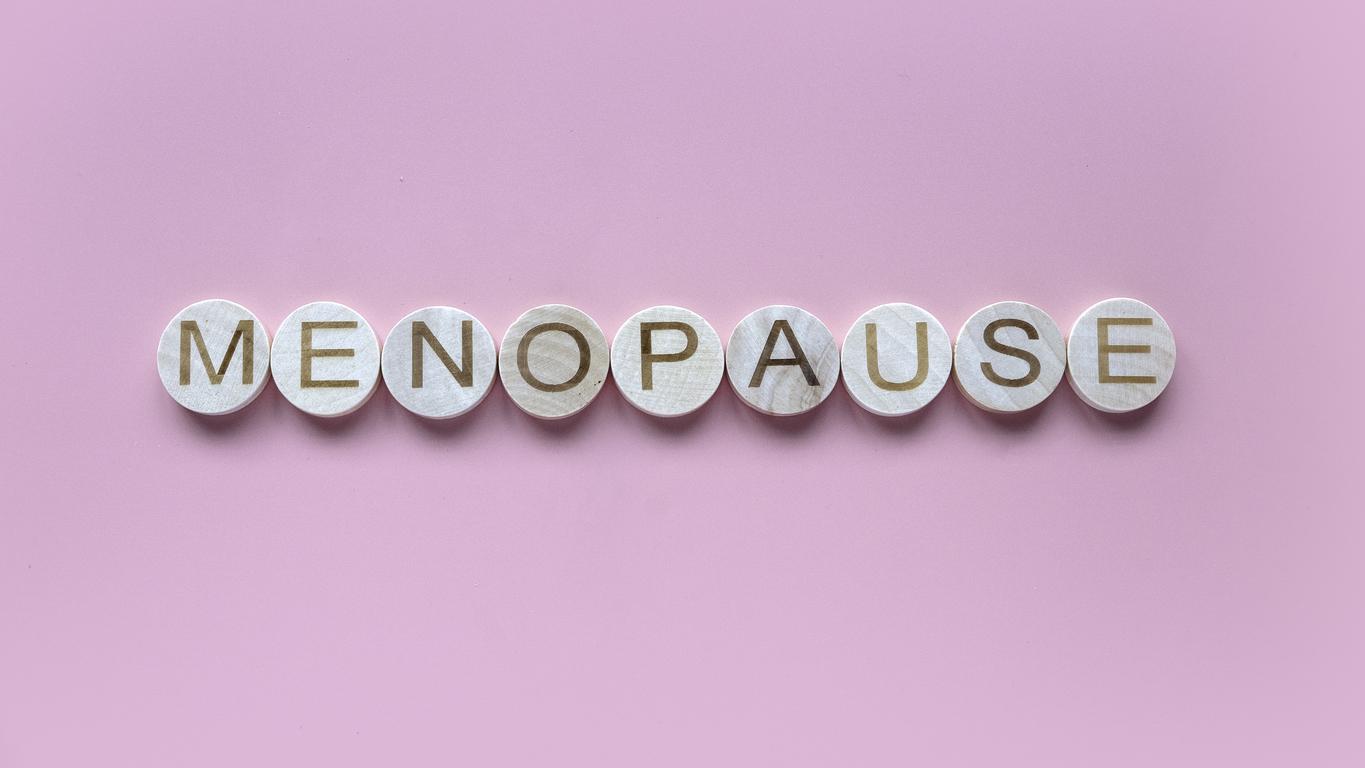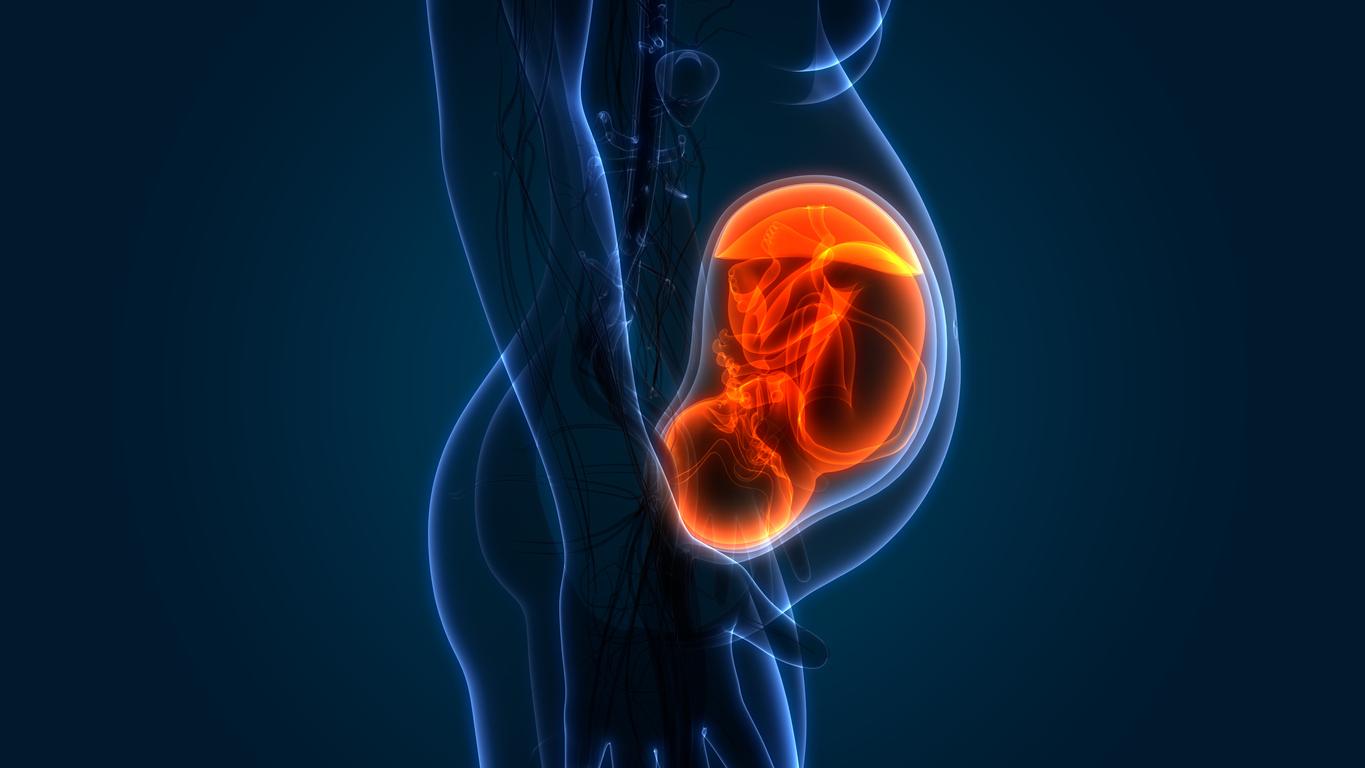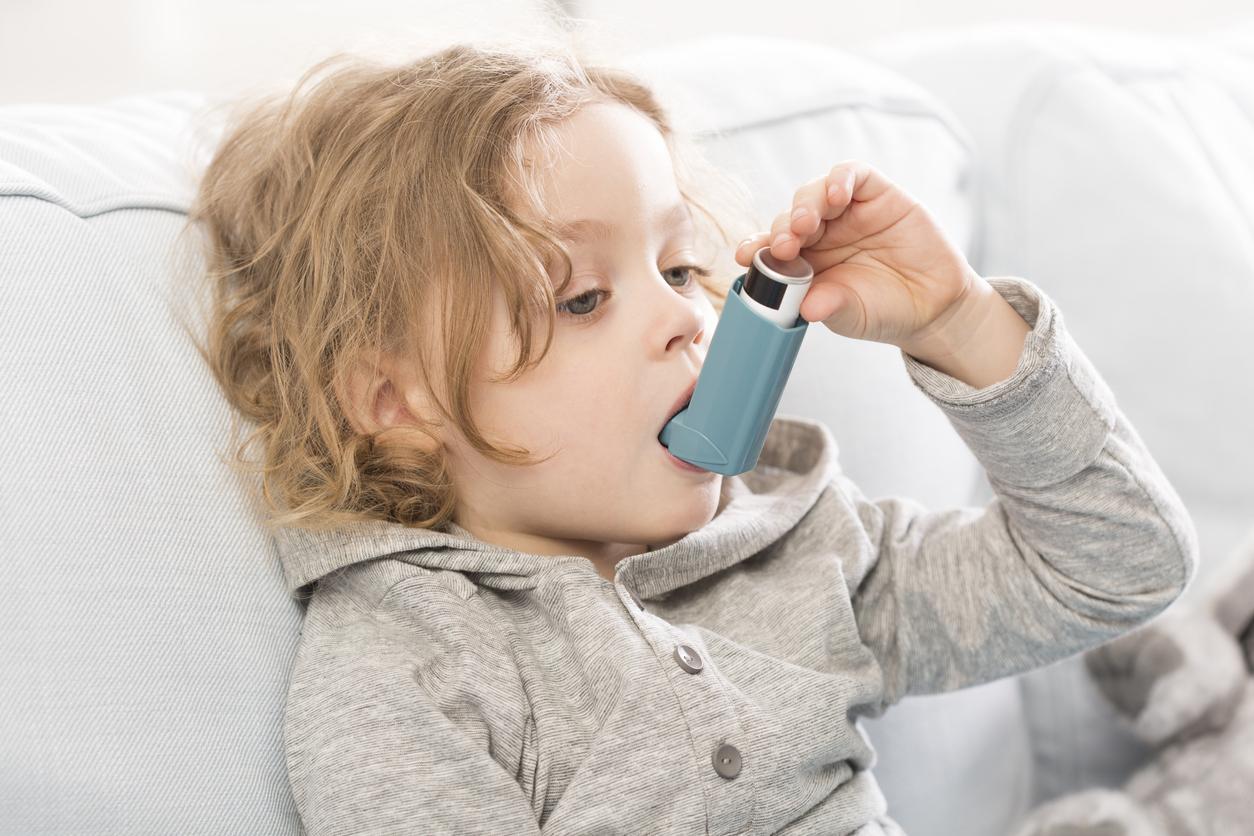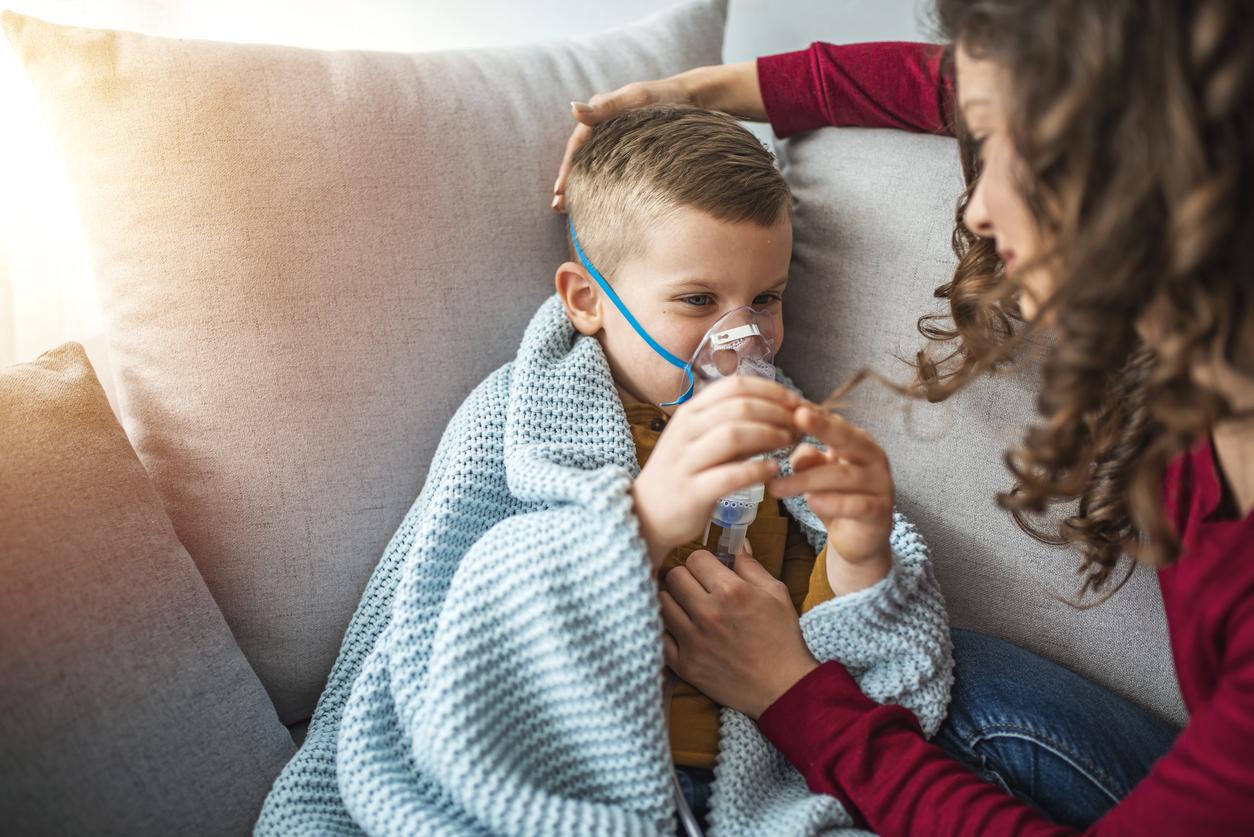Bronchial thermoplasty, a new technique that uses heat to destroy thickened bronchial wall, can cure asthma for at least ten years.
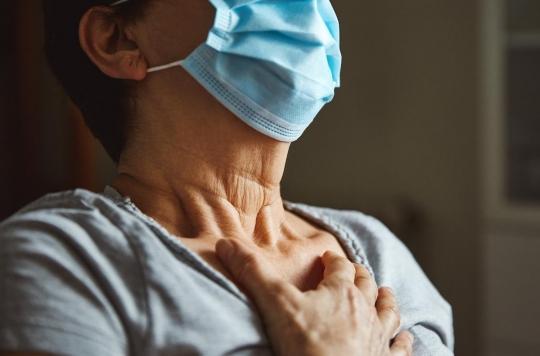
- Bronchial thermoplasty has been recommended since 2016 by the High Authority for Health (HAS) and reimbursed since July 14, 2018.
- It is reserved for adults suffering from severe asthma, in whom conventional treatments have failed.
- The goal is to decrease the volume of muscles to enlarge the diameter of the bronchus in order to increase the volume of circulating air.
It is a revolution in the treatment of asthma. Bronchial thermoplasty, a technique that uses heat to destroy the thickened bronchial wall, is recommended since 2016 by the High Health Authority (HAS) and reimbursed since July 14, 2018. The first studies have shown a reduction in asthma attacks for at least five years and less use of drug treatment with corticosteroids. A new research, published on January 29 in the journal The Lancet Respiratory Medicinethe effectiveness of bronchial thermoplasty lasts at least 10 years after its use.
Efficiency over 10 years
Bronchial thermoplasty is reserved for adults suffering from severe asthma, in whom conventional treatments have failed. It consists of heating the inside of the bronchi to 65°C, using a radiofrequency probe inserted through a catheter. The operation is performed under general anesthesia. The goal is to decrease the volume of muscles to enlarge the diameter of the bronchus. The treatment aims to reduce this hypertrophy by 50 to 70% in order to increase the volume of circulating air. In general, three sessions spaced three weeks apart are necessary.
Trials first showed that bronchial thermoplasty reduces the need for oral cortisone. They gave good results at five years but no data were available for the following years. In the new study, a hundred patients were followed for about twelve and through 16 centers spread over several countries (United States, United Kingdom, Canada, Brazil, Netherlands). The exacerbation rate was similar among patients whether at one year of follow-up, at five or at ten years, around 20 to 25%. The assessment of quality of life and spirometry, which reflects lung capacity, also showed a similar evolution over time.
Those under 40, the most receptive
The detailed results are encouraging on the long-term effects of this method, which is only available in a few specialized centers across France. They show that the efficacy lasts and that the risk of bronchial dilation is low since it has only been reported in 7% of patients. A subgroup analysis also revealed the fact that patients under 40 respond better to treatment. More than three-quarters of volunteers aged under 40 (76%) responded well to bronchial thermoplasty compared to 61% of those over 40. Patients with respiratory obstruction fixed on spirometry also appeared to be the most responsive.

.









